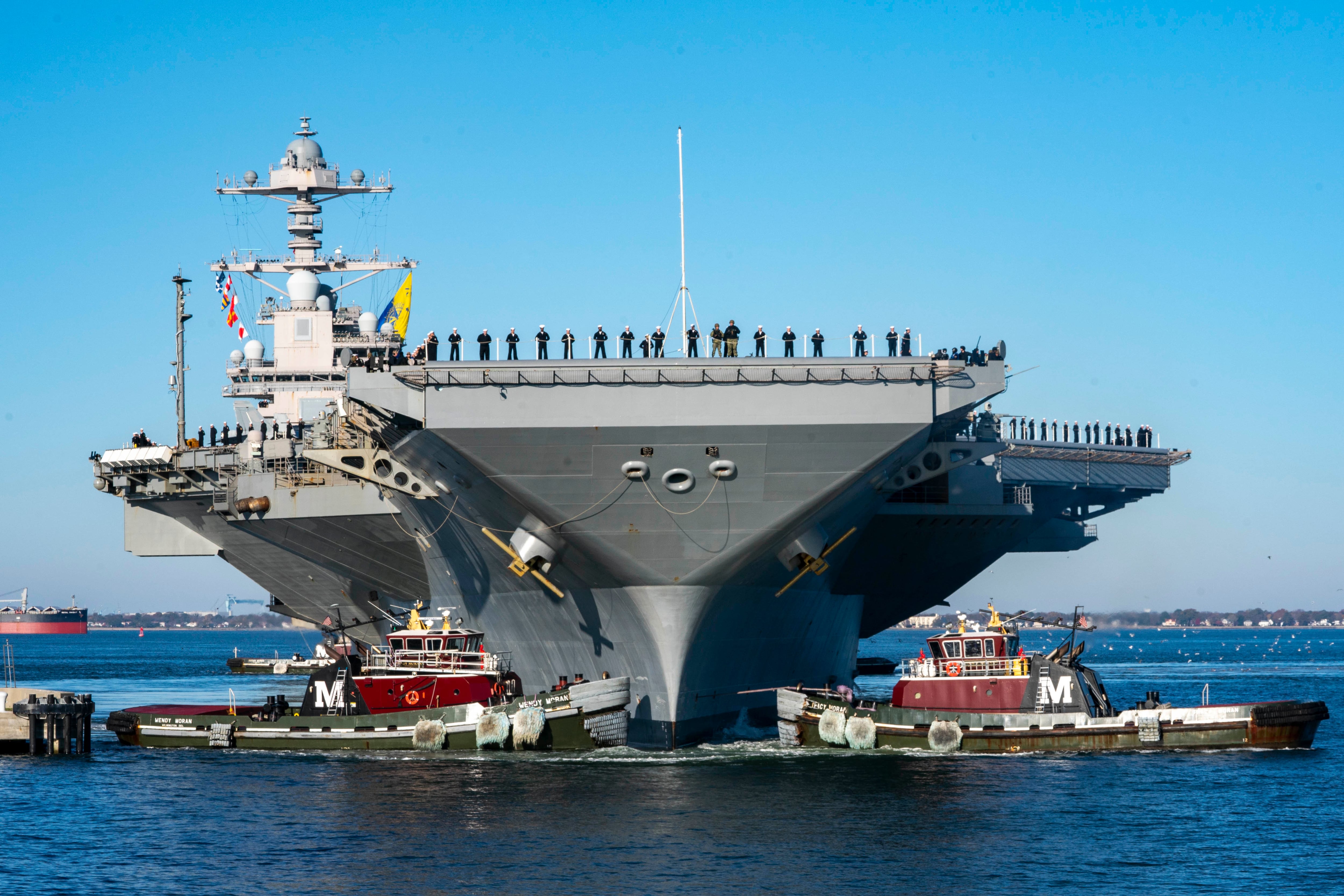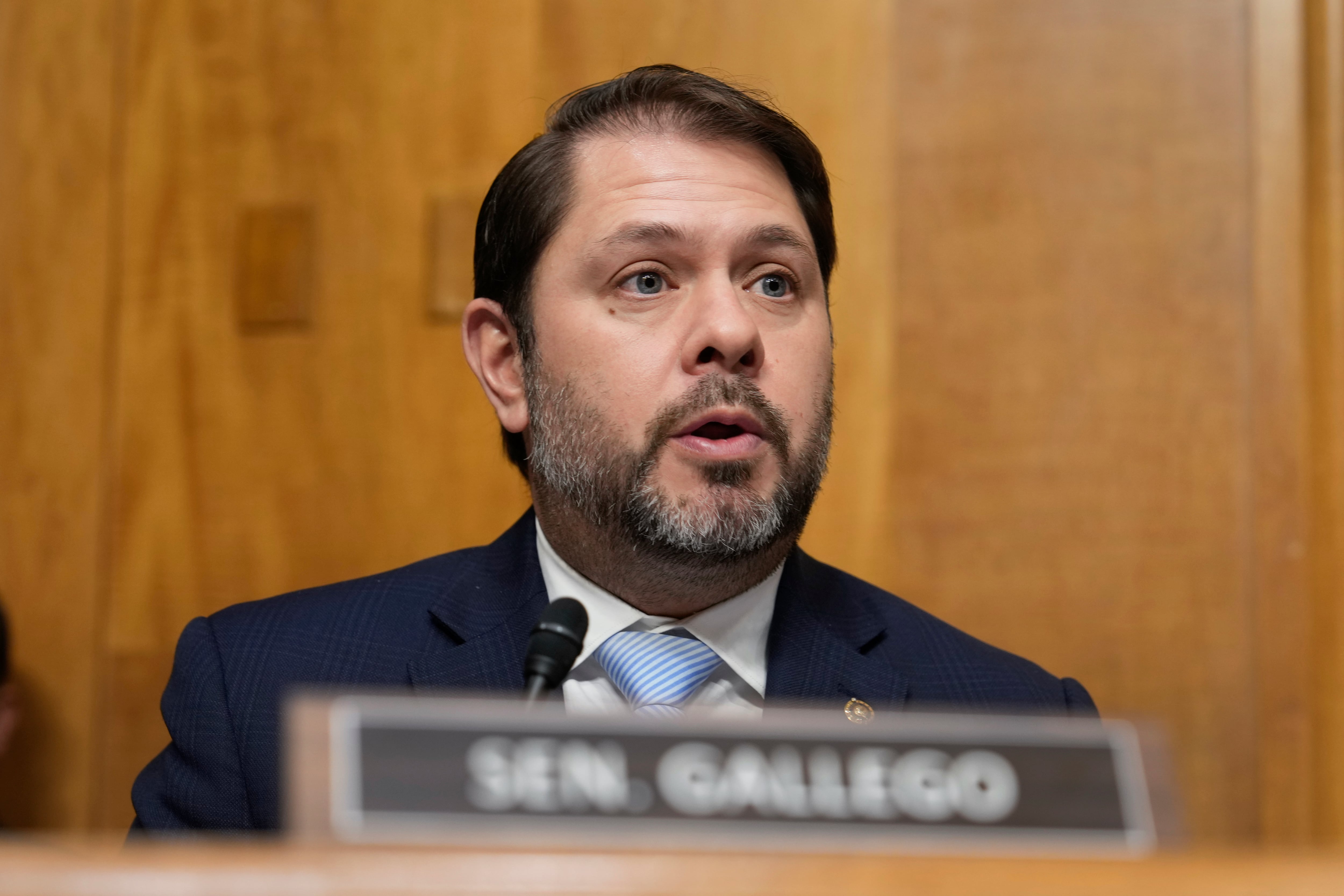The aircraft carrier Gerald R. Ford is departing Naval Station Norfolk, Virginia, Tuesday for its first full-length deployment, according to U.S. 2nd Fleet.
Its carrier strike group, comprising the destroyers Ramage, McFaul and Thomas Hudner, is also heading out to sea; the first two warships left Norfolk Tuesday and the Thomas Hudner was expected to depart Naval Station Mayport, Florida, shortly.
The Ford Carrier Strike Group is heading to U.S. 6th Fleet, where it will project power for U.S. Naval Forces Europe and Africa. It replaces the George H.W. Bush CSG, which returned to Norfolk, Virginia, Sunday, concluding a nearly eight-month deployment to U.S. 6th Fleet.
RELATED
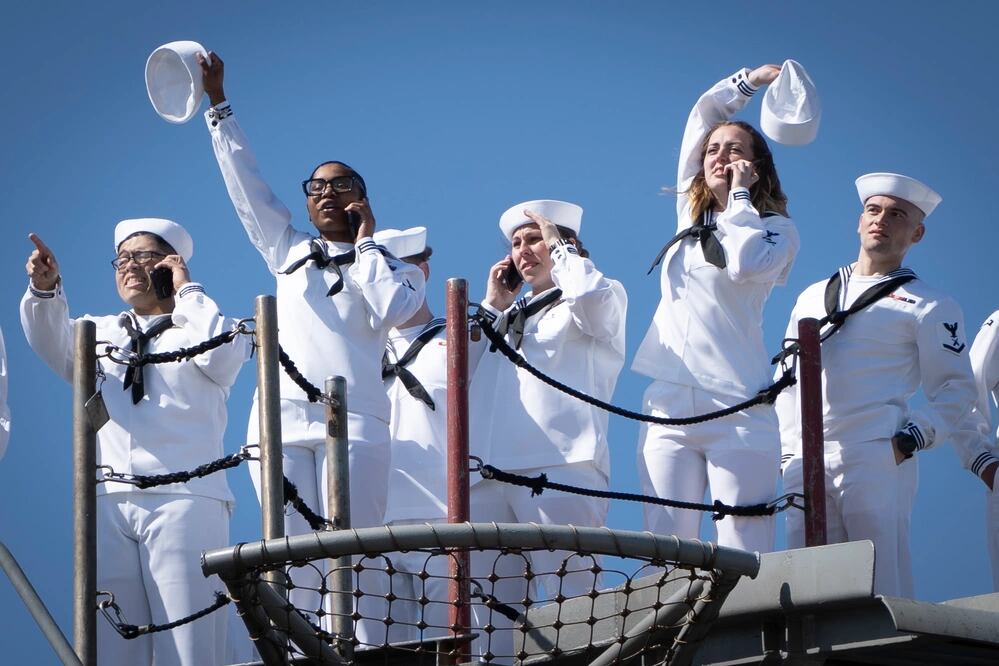
The Ford, which was originally scheduled to deploy in 2018, previously completed a brief, inaugural deployment last year. The carrier on April 2 wrapped up its required Composite Training Unit Exercise, in which it worked to integrate carrier strike group elements as a cohesive force, according to the Navy. The exercise also marked the first time the carrier embarked a full carrier air wing.
“COMPTUEX served as a doctorate-level test of the strike group’s ability to operate collectively across the spectrum of warfare areas while incorporating the first in class Gerald R. Ford into the strike group,” said Rear Adm. Greg Huffman, commander of Carrier Strike Group 12, said in a Navy news release last month.
“The robust scenarios challenged every facet of our warfighting capability, enabling growth and learning at every level, allowing us to further refine our warfare tactics and processes,” Huffman said. “The exercise solidified our already-cohesive strike group, and I’m extremely proud of the team’s determination and eagerness to constantly learn and improve in the most demanding situations. Our readiness is the highest it has ever been, and I feel fortunate for the opportunity to deploy with this amazing team.”
RELATED
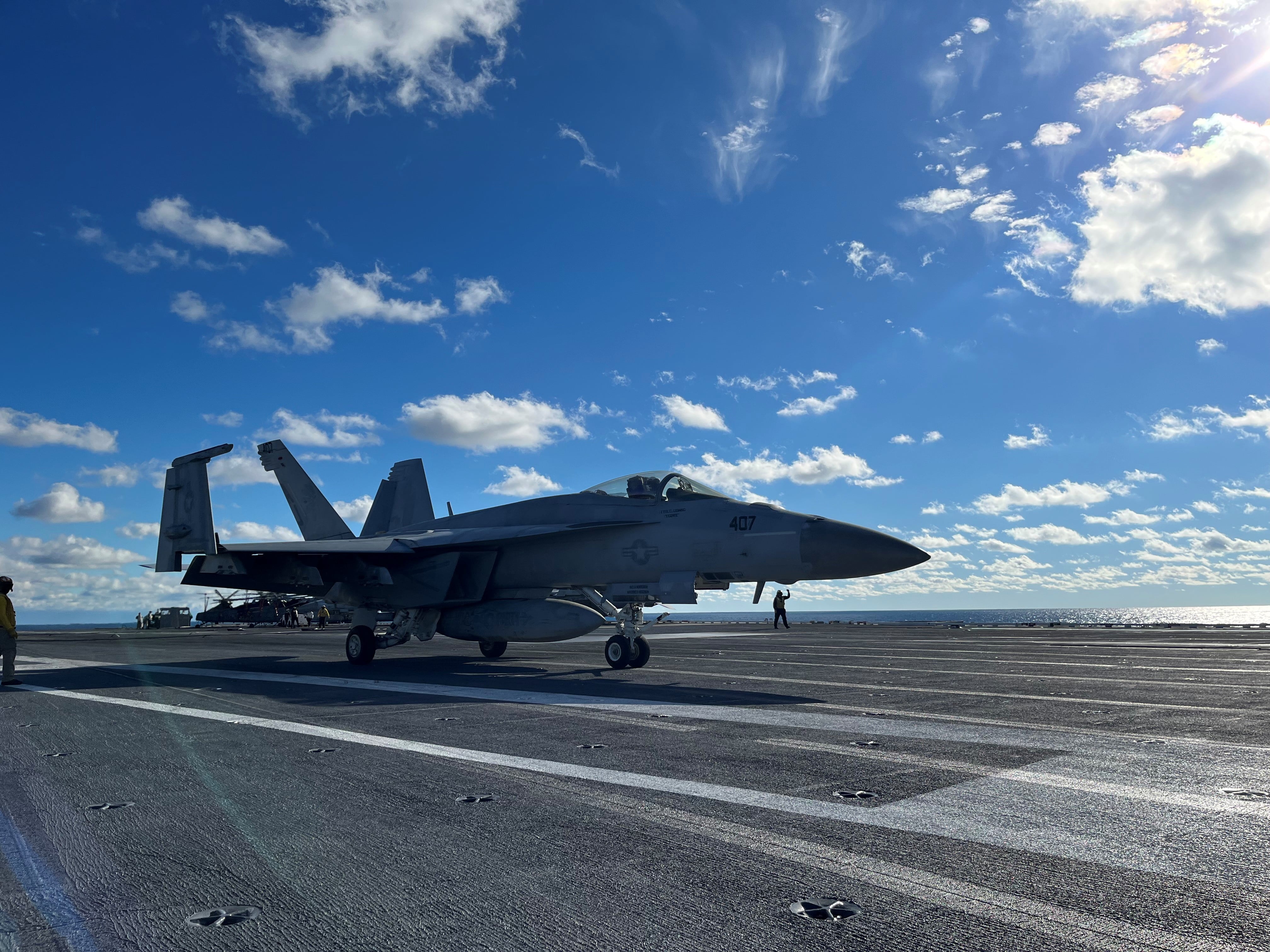
The Ford departed Naval Station Norfolk in October for a service-retained deployment that lasted just under two months and included approximately 80 percent of a full carrier air wing. That deployment placed the carrier under the authority of Chief of Naval Operations Adm. Mike Gilday instead of a geographic combatant commander, as is the standard.
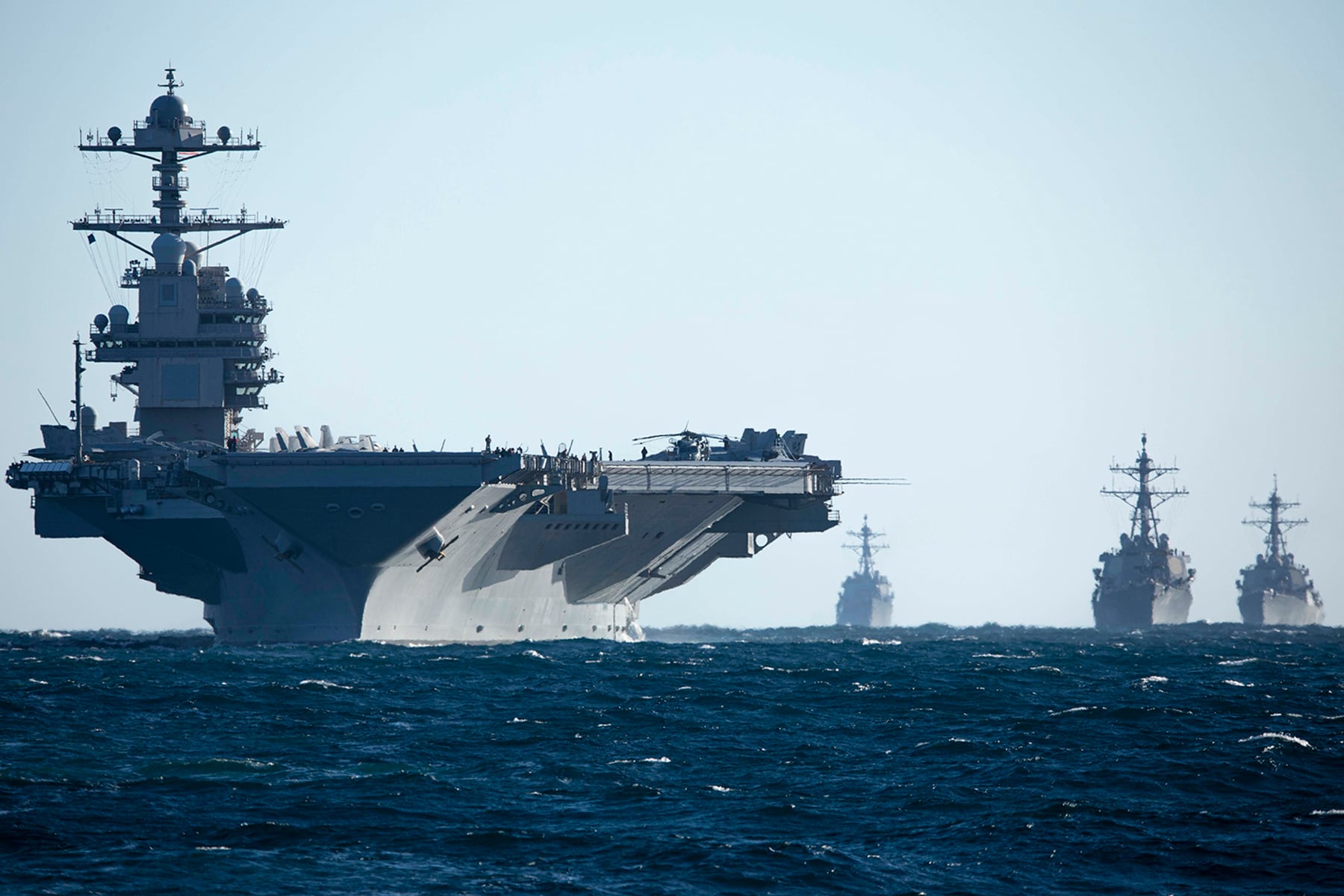
Operations in the fall were designed to familiarize the crew with the vessel’s new technologies, as the strike group focused on air defense, anti-subsurface warfare and distributed maritime operations. The operations also provided an opportunity to work with six other NATO allies.
The carrier encountered multiple technical problems, equipment malfunctions and delays as at least 23 new technologies were incorporated into the design after construction of the ship kicked off in 2005. Systems like the advanced weapons elevators and the Electromagnetic Aircraft Launch System also experienced challenges.
COMPTUEX provided the carrier’s crew an opportunity to test new ways to utilize some of the new technology on the Ford, like the dual band radar system that was specifically designed for the ship. The system combines two radars that previously managed air traffic control, air search, navigation, and fire-control – all while significantly reducing manning needs.
Testing these systems is paving the way for future Ford-class carriers, like the future aircraft carrier John F. Kennedy, according to Huffman.
RELATED
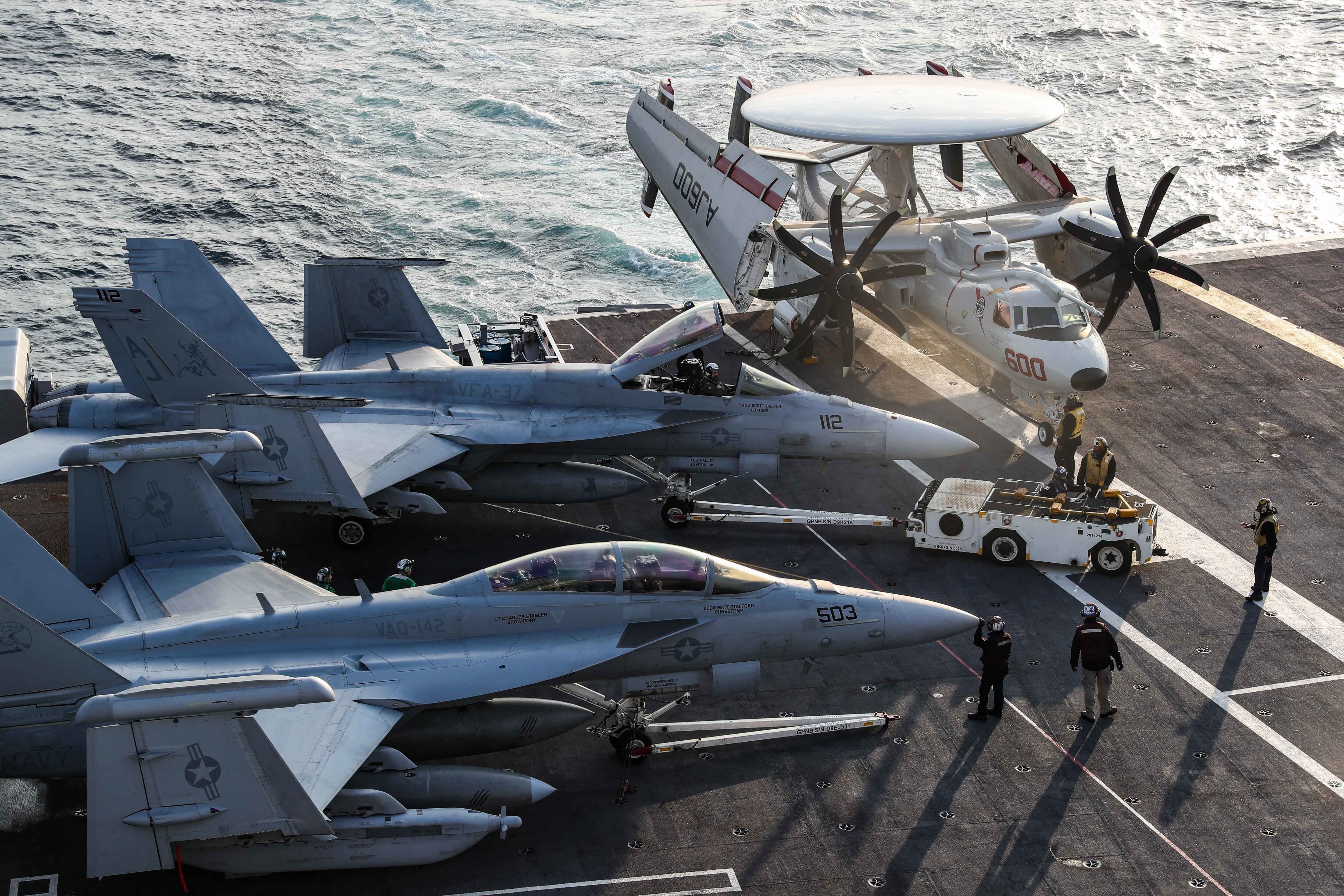
“We’re kind of setting up the playbook for how the rest of the class will then be able to start operating so that when the JFK and subsequent ships come out, they will already have kind of a deep understanding of our foundational basis of this is how we can operate this weapons platform different from the Nimitz-class and then be able to build upon that,” Huffman told reporters in March.
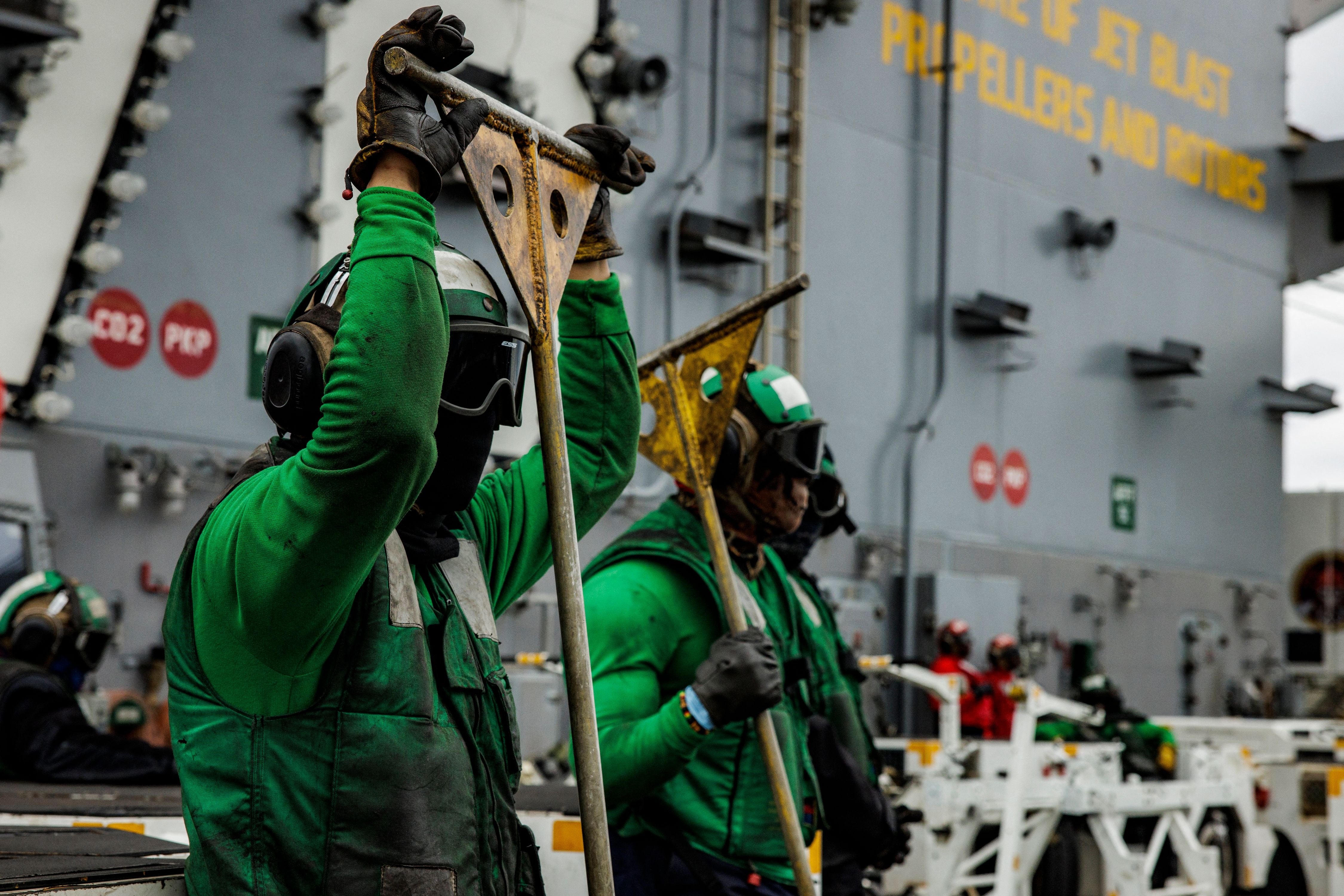
During its deployment, the Bush CSG supported allies and partners to reinforce commitment to NATO and hosted NATO Secretary General Jens Stoltenberg while under NATO command as part of exercise Neptune Strike.
